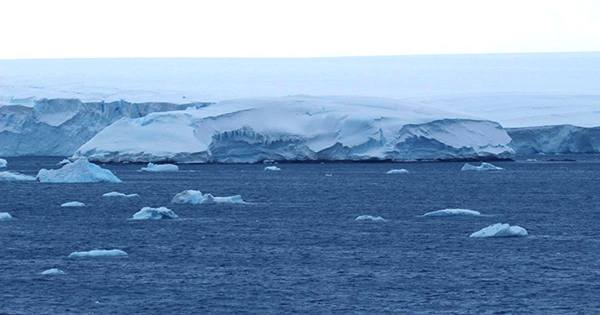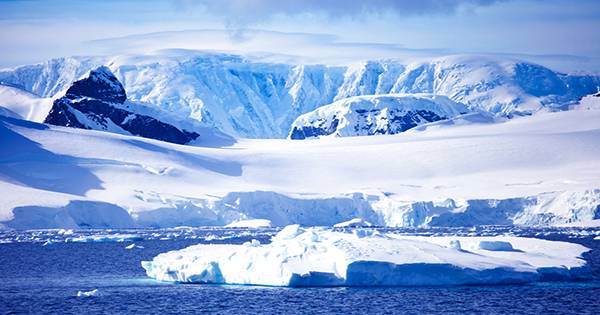The way iceberg scientists say models do not melt – but an upgrade is now available considering previously neglected issues. The correction is not important for the reason you might immediately think of it – it does not really affect sea-level rise models – but it can have other very significant effects.
Physicists have been trying to melt ice cubes in their whiskey or soda for so long that you think it would inspire thousands of grant applications. However, Eric Hester, a PhD student at the University of Sydney, said in a statement that when scientists modeled the melting rate of icebergs, their “models assumed that frozen icebergs did not melt at all.”
This apparently irrational idea came about because these models created to test the feasibility of tying icebergs from the Antarctic to bring water to the deserts of Australia and Chile, Hester told IFLScience. Since modelers were concerned about the melting rate of icebergs at speed, they did not think about fixing numbers for those that were not running, especially since it was before computers made complex calculations less risky. If nothing better, the iceberg modelers – a niche field, at least – the equations they knew were wrong from then on.

Hester addresses this in Physical Review Fluids. “You have to keep an eye on how fast the water is moving, how saline it is, its temperature and the shape of the iceberg,” Hester told IFLScience. “Older models only monitored temperature and water movement.” Hester found that icebergs often melt much faster than expected models, and size is a particularly important part. He found that the icebergs melted from the side almost twice as fast from the base and the fastest to the front compared to the surrounding water. As a result, deep but narrow icebergs melt faster than wide, flat ones. Hester and co-authors provide equations for melting rates that consider these factors.
Once an iceberg glacier removed, it increases the amount of ocean according to the principle already floating and according to Archimedes’ formula. How fast it melts is not as the ice supported on the ground. However, Hester’s work still has significant climate effects. Excessive freshwater injections into the North Atlantic have the past stopped the circulation of the sea, especially the Gulf, causing the temperature in North Europe to sink. A recurrence saw the climate of England met with a newly inhabited Labrador – which is at the same latitude – even as other parts of the world became warmer. Understanding how icebergs melt can help us predict that this is likely to happen.
The tools that Hester provided could also be effective for melting glaciers and expanding into the ocean, causing icebergs to scatter in the first place. More externally, they can help us understand moons like Enceladus and Europe where ice sheets sit over the inland sea, and make them perhaps the best places to explore life in the solar system.















